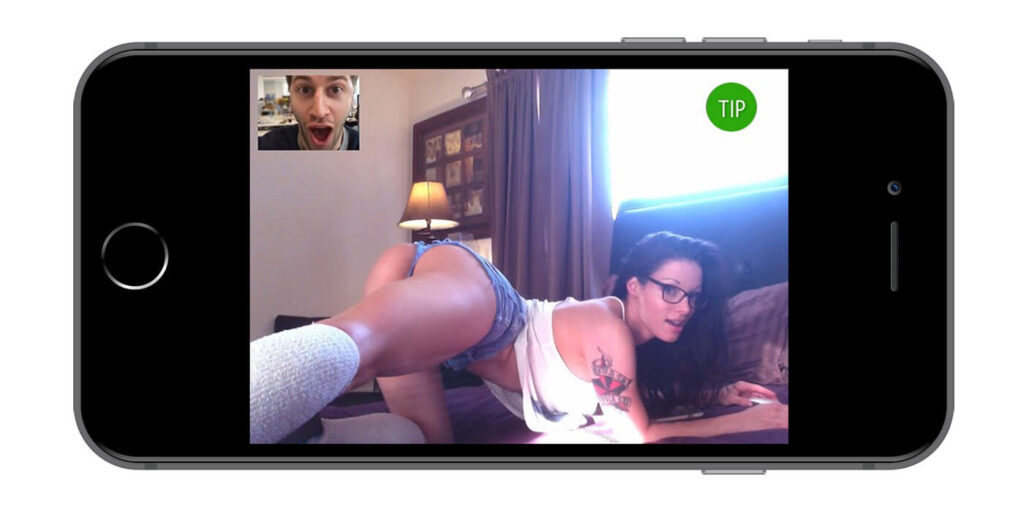 Until recently, Adobe Flash Player has been the most effective way of two-way communication through a browser. In fact, only Flash could help you organize a good quality of live video transmitting between a model and clients. Unfortunately, Flash technology has its flaws. The main problem is the incompatibility of Flash with mobile platforms, and since July 2017, the default settings of desktop browsers exclude Flash Player support.
Until recently, Adobe Flash Player has been the most effective way of two-way communication through a browser. In fact, only Flash could help you organize a good quality of live video transmitting between a model and clients. Unfortunately, Flash technology has its flaws. The main problem is the incompatibility of Flash with mobile platforms, and since July 2017, the default settings of desktop browsers exclude Flash Player support.
A new way of transmitting live video WebRTC comes to replace Flash. Since iOS 11 now enabling WebRTC in its Safari browser, all popular browsers support broadcasting and video playback through the new technology.
Contents
Support table of WebRTC technology in the latest browsers
| Windows | Android | iOS | Mac OS | ||
| 38.11% | 37.91% | 13.03% | 6.04% | ||
| Chrome | 54.98% | + | + | + | + |
| Safari | 14.79% | ⃠ | ⃠ | + | + |
| Firefox | 6.09% | + | + | + | + |
| IE | 3.88% | – | ⃠ | ⃠ | ⃠ |
| Edge | 2.06% | + | ⃠ | ⃠ | ⃠ |
WebRTC advantages over Flash
WebRTC has multiple advantages over the outdated Flash technology.
- Better quality of the transmitted video
- Lesser transmission delay between users
- Live-video reception and transmission on mobile browsers
- Increased productivity on desktop and mobile
Cam to Cam live video chat using mobile
The great opportunity of Modelnet software website its live 2-way video using a browser. Your customer and models are able to have live video talks using just a browser.
«One of the coolest benefits of this adjustment is that we can now offer a FaceTime-like experience where customers can broadcast live video from their mobile device to a model,» SNR Productions’ President Steve Ranieri told. «We’re the first cam site that has this capability. It’s very exciting!» [1]

WebRTC discovers new opportunities for the webcam business
- Models can broadcast from anywhere using their mobile browsers with no additional applications.
- Customers get video of excellent quality on their mobile phones and computers, with the minimal transmission delay.

Polina Yan is a Technical Writer and Product Marketing Manager at Scrile, specializing in helping creators launch personalized content monetization platforms. With over five years of experience writing and promoting content for Scrile Connect and Modelnet.club, Polina covers topics such as content monetization, social media strategies, digital marketing, and online business in adult industry. Her work empowers online entrepreneurs and creators to navigate the digital world with confidence and achieve their goals.



WebRTC is truly a game-changer for webcam platforms! The real-time, low-latency streaming makes interactions so much smoother compared to traditional solutions. Curious to see how this technology evolves in the next few years!